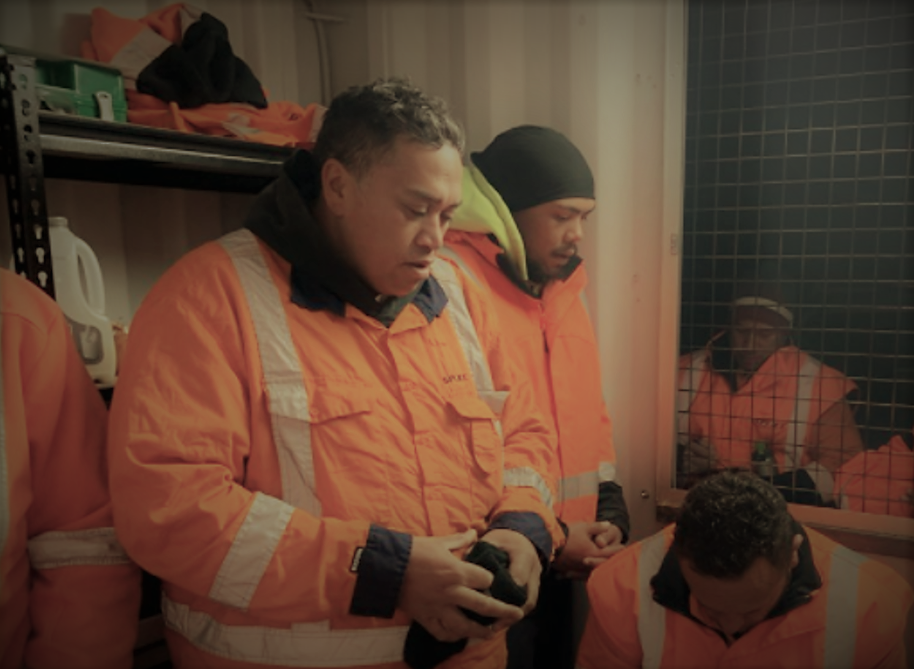Our Mission
We believe health and safety systems only stack the odds in the workers favour, and that ultimately, it’s the workers decisions and resulting behaviours.
Our mission to introduce a new genre of culturally intelligent health and safety practices that can be used to better position workers to make good health and safety decisions. Every business wants their workers to make good health and safety decisions either individually or as part of a team.
Why IndigeSafe
Indigenous peoples number more than 370 million and represent approximately 5,000 different communities in more than 70 countries. They are some of the most vulnerable workers in the World. Their employment conditions are often precarious involving hazardous work. Indigenous workers continue to be perceived as problems to be fixed using culturally indifferent practices that research data shows are not working.
Despite this, many indigenous cultures also contain positive traditions and narratives about how risks can be perceived and controlled. By reprising this knowledge and contemporizing it as modern practices, businesses and workers are better placed to create sustainable, healthier, and safer workplaces.
For Māori Kia Tūpato is one practice that uses Mātauranga Māori (knowledge) and Tikanga Māori (customary practices or behavior) to enable workers to perceive risks more practically and utilizes a business’s health and safety systems more effectively.

